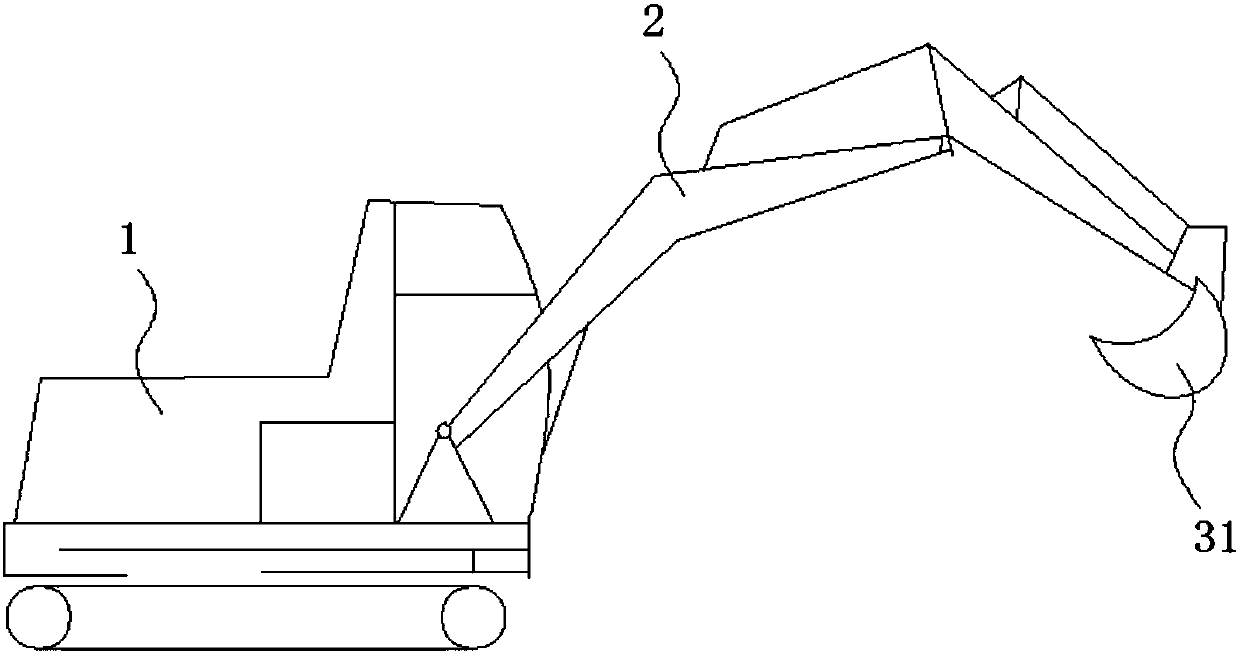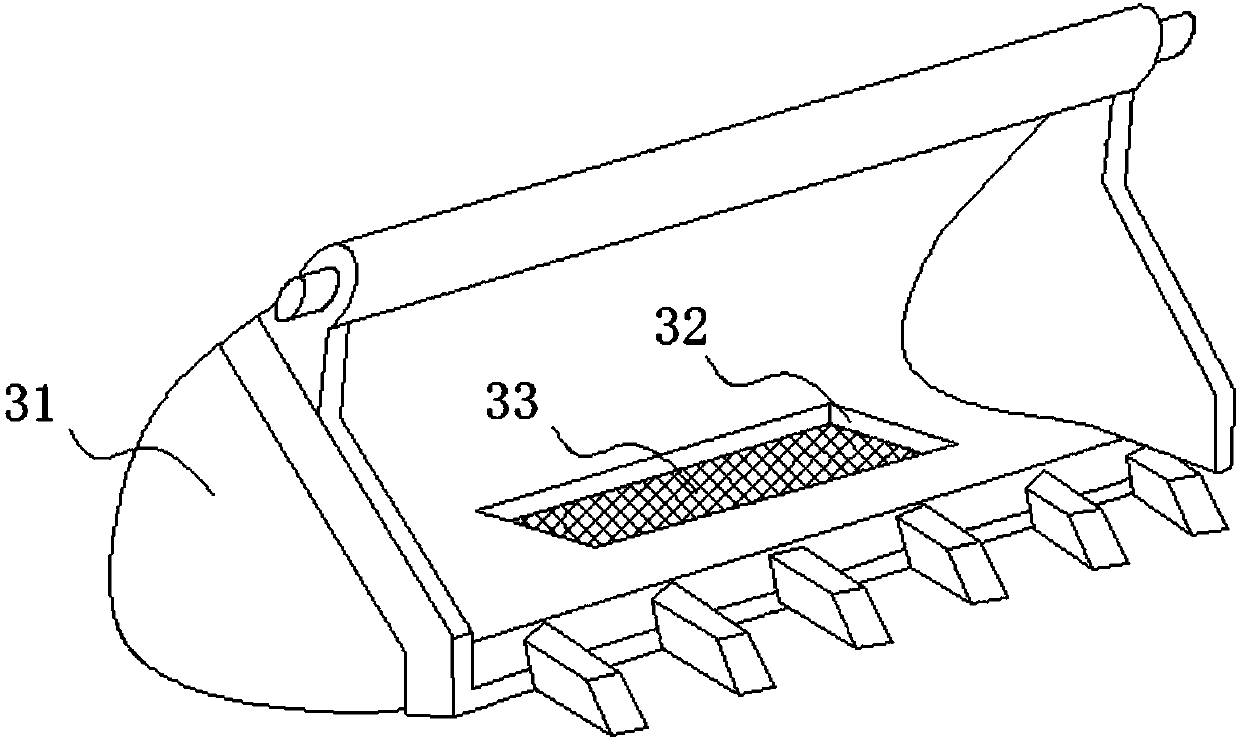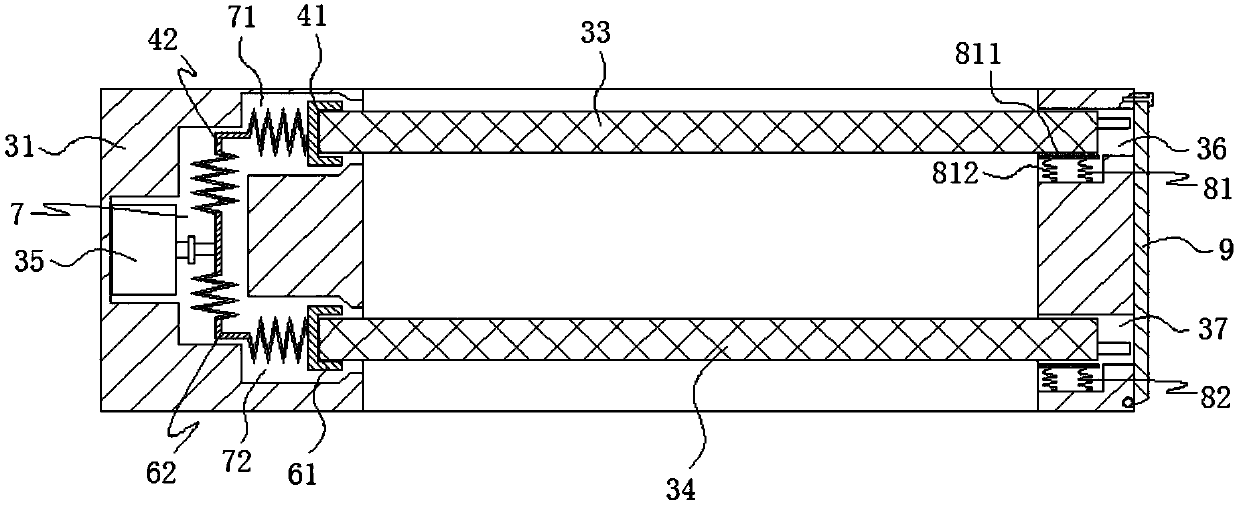Method for soil remediation
A technology of soil remediation and soil remediation agent, which is applied in the restoration of polluted soil, etc., can solve the problems of long project period and high equipment investment cost, and achieve the effect of restoring ecological environment balance, reducing equipment investment, and improving work efficiency
- Summary
- Abstract
- Description
- Claims
- Application Information
AI Technical Summary
Benefits of technology
Problems solved by technology
Method used
Image
Examples
Embodiment 1
[0024] A method for soil remediation, comprising the following steps: (1) Soil filtration: use excavation equipment to loosen the soil containing garbage, and directly filter the soil through the excavation equipment to remove the garbage in the soil, and complete the cleaning of the soil (2) Soil disinfection: add soil disinfectant to the soil treated in step (1), and stir the soil and soil disinfectant through excavation equipment, and conduct a second Filtrate for the first time, leave to stand for reaction for 24h after the stirring is completed; the input amount of the soil disinfectant is 2.5kg per mu; specifically, the soil disinfectant is composed of the following weight components: 10 parts of phosphate, 10 parts of plant ash , 8 parts of vermicompost, 5 parts of dimethyl disulfide, and 5 parts of sulfanil.
[0025] (3) Soil remediation: Add soil remediation agent to the soil treated in step (1), and stir the soil and soil remediation agent through excavation equipment,
Embodiment 2
[0036] A method for soil remediation, comprising the following steps: (1) Soil filtration: use excavation equipment to loosen the soil containing garbage, and directly filter the soil through the excavation equipment to remove the garbage in the soil, and complete the cleaning of the soil (2) Soil disinfection: add soil disinfectant to the soil treated in step (1), and stir the soil and soil disinfectant through excavation equipment, and conduct a second Filtrate once, leave to stand for reaction 72h after stirring; The input amount of described soil disinfectant is 3.5kg per mu; Concretely, described soil disinfectant is made up of the material of following weight components: 20 parts of phosphate, 15 parts of plant ash , 10 parts of vermicompost, 8 parts of dimethyl disulfide, and 8 parts of sulfanil.
[0037] (3) Soil remediation: Add soil remediation agent to the soil treated in step (1), and stir the soil and soil remediation agent through excavation equipment, and filter th
Embodiment 3
[0040] A method for soil remediation, comprising the following steps: (1) Soil filtration: use excavation equipment to loosen the soil containing garbage, and directly filter the soil through the excavation equipment to remove the garbage in the soil, and complete the cleaning of the soil (2) Soil disinfection: add soil disinfectant to the soil treated in step (1), and stir the soil and soil disinfectant through excavation equipment, and conduct a second Filtrate for the first time, and leave to react for 48 hours after the stirring is completed; the input amount of the soil disinfectant is 3.5kg per mu; specifically, the soil disinfectant is composed of the following weight components: 15 parts of phosphate, 10 parts of plant ash , 8 parts of vermicompost, 8 parts of dimethyl disulfide, and 5 parts of sulfanil.
[0041] (3) Soil remediation: Add soil remediation agent to the soil treated in step (1), and stir the soil and soil remediation agent through excavation equipment, and
PUM
| Property | Measurement | Unit |
|---|---|---|
| Width | aaaaa | aaaaa |
| Width | aaaaa | aaaaa |
| Width | aaaaa | aaaaa |
Abstract
Description
Claims
Application Information
 Login to view more
Login to view more - R&D Engineer
- R&D Manager
- IP Professional
- Industry Leading Data Capabilities
- Powerful AI technology
- Patent DNA Extraction
Browse by: Latest US Patents, China's latest patents, Technical Efficacy Thesaurus, Application Domain, Technology Topic.
© 2024 PatSnap. All rights reserved.Legal|Privacy policy|Modern Slavery Act Transparency Statement|Sitemap



